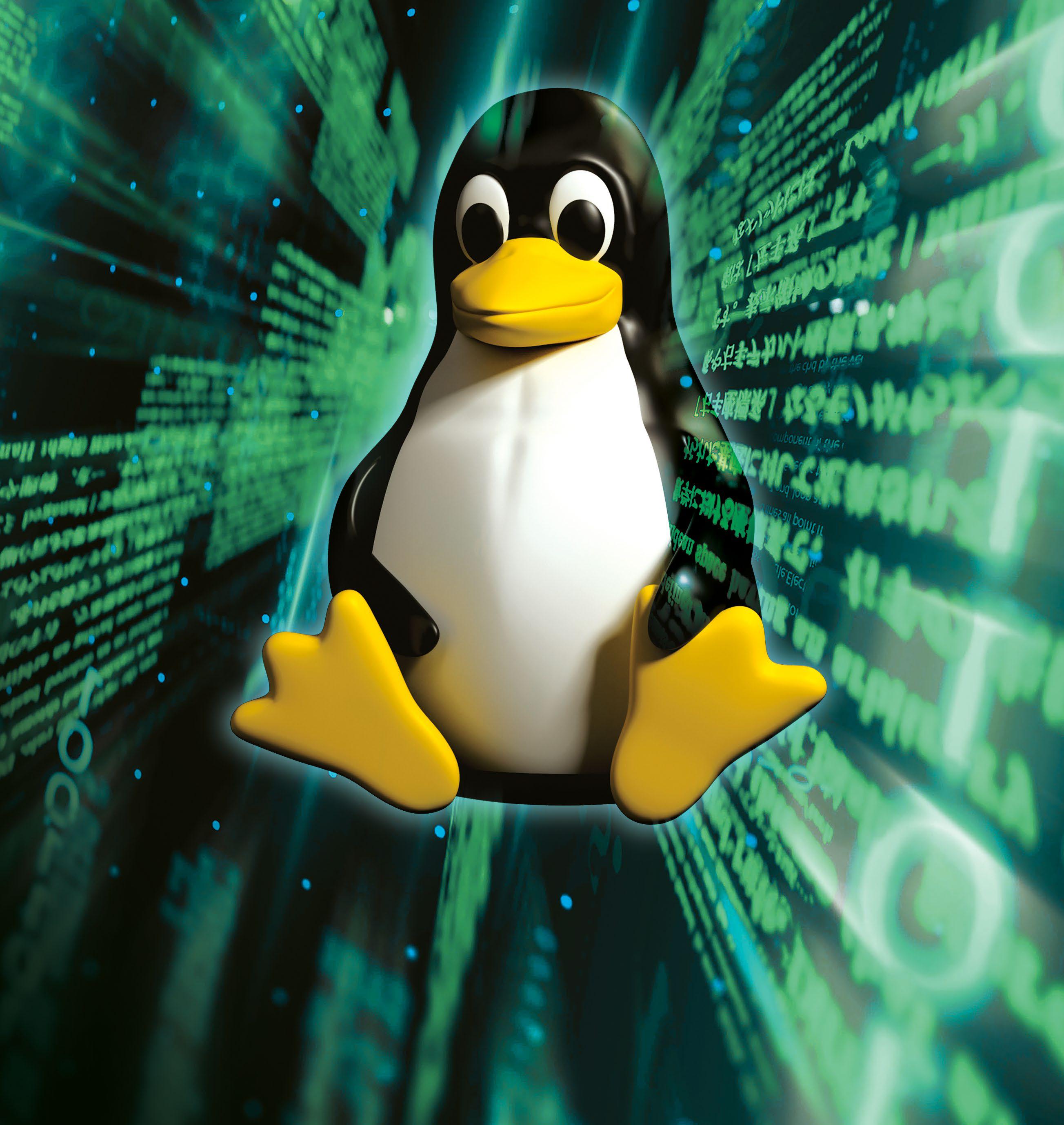
The kids may all be headed back to school and the not-yet adults may be off to learn the ways of the world in tertiary education camps. But whatever your age, it's never too late to learn to code...
It's a trite old phrase, and one that's been jumped on by a million YouTube videos, expensive courseware and even our very own "Bookazine" department. Maybe you've already sat through classes where everything is introduced from first principles. If not, let us tell you with certainty that listening to someone explain functions, variables, loops, data structures, recursion, pointers and memory allocation for an extended period of time is in most cases frightfully dull. Or maybe you've had an apposite experience, where 'Learn to code' turned out to be code for 'here's some ugly Javascript that pops an alert with your name on it!
Anyway, coding might not be for everybody, and just learning a little isn't going to make you instantly rich. But we think everyone should have a go. Because it's actually quite enjoyable sometimes. Especially if you have an already-working project you can beam down to your home PC and meddle with.
Well, it turns out that we have not one but two such projects for you to get your teeth into. We'll first use Python to introduce some coding fundamentals through Turtle Graphics, which is a sort of Etch-a-Sketch on steroids. Then we'll show you how to make your very own Space Invaders clone in fewer than 500 lines of code. And in between these two projects, we'll show you how to use Git to easily get hold of more projects and better manage your own.
Initial conditions
There are any number of best places to start coding, which in practice is no help at all.
This story is from the September 2022 edition of Linux Format.
Start your 7-day Magzter GOLD free trial to access thousands of curated premium stories, and 9,000+ magazines and newspapers.
Already a subscriber ? Sign In
This story is from the September 2022 edition of Linux Format.
Start your 7-day Magzter GOLD free trial to access thousands of curated premium stories, and 9,000+ magazines and newspapers.
Already a subscriber? Sign In

Create your first WebSocket service
Mihalis Tsoukalos explains how to use the Go programming language to work with the WebSocket protocol.

Fantastic Mr Firefox
Nick Peers takes a trip down memory lane to reveal the story behind the rise - and slight fall - of Mozilla's popular web browser.

Set up your terminal and email like it's 1983
Jump in the hot terminal time machine with Mats Tage Axelsson who emails from the command line using the latest technology.

Universal layer text effects with GIMP
Posters use them, films and presentations are hard to imagine without them: text effects. Attract attention with Karsten Günther and GIMP.

Jump to a federated social network
Nick Peers reveals how you can get up and running with this free, decentralised and non-profit alternative to Twitter.

Free our SOFTWARE!
Taking anything for granted is dangerous, so Jonni Bidwell and Mike Saunders revisit how the free software movement got started to help free us from proprietary tyranny!

Master RPI.GPIO
Les Pounder goes back to the early days of the Raspberry Pi - and his career with this classic library! -

Waveshare Zero to Pi3
Transform your Pi Zero into a Pi 3, they promised Les Pounder, but it's more like adding on go-faster stripes.

The Best OPEN SOURCE Software Ever!
In an attempt to trigger controversy, Michael Reed and Neil Mohr unequivocally state these are the greatest free software apps ever. Probably. We’re just trying to be helpful.

Linux-Mandrake 7
Simplicity and a wide range of applications make this a great distribution for all Linux users.